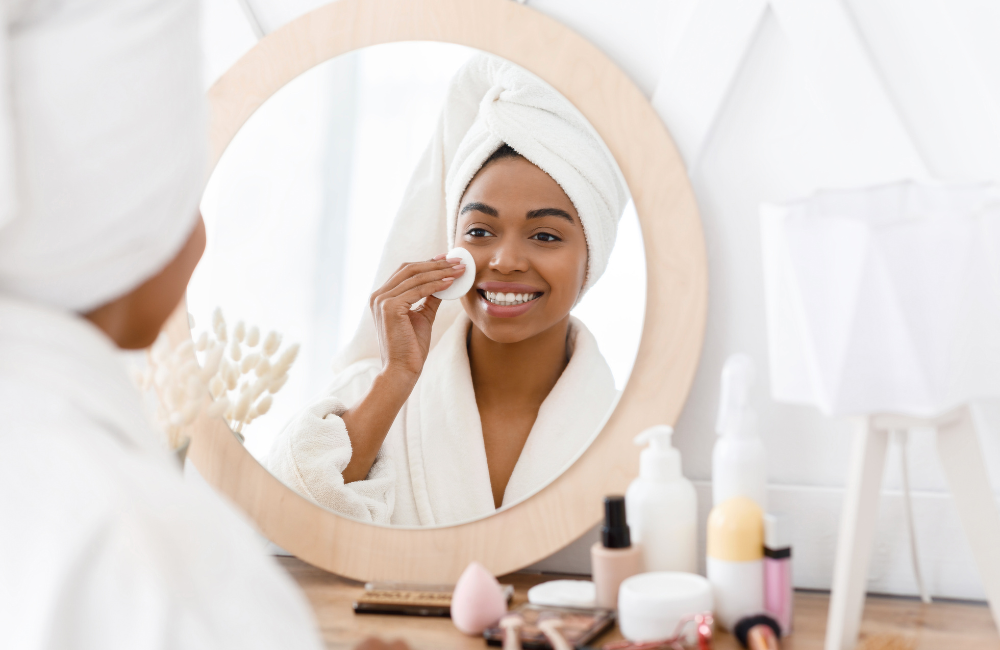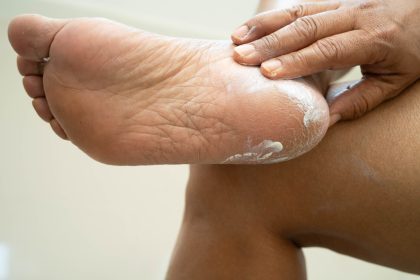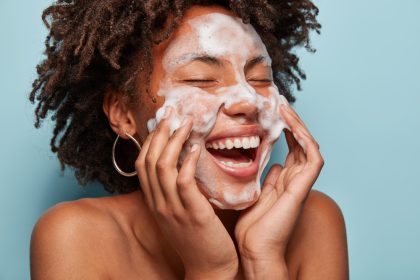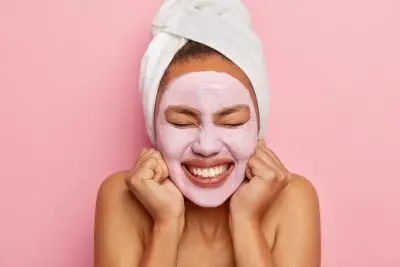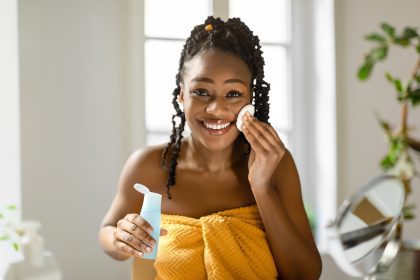The morning rush through Manhattan’s bustling streets leaves more than just coffee stains on your shirt. Environmental pollutants, urban grime, and daily stress accumulate on your skin like invisible armor, creating a barrier that even the most expensive serums cannot penetrate. Yet millions of Americans continue their nightly ritual of splashing water on their faces, believing this constitutes proper skincare.
This superficial approach fails to address what skincare experts call the urban skin burden – a phenomenon increasingly documented in major metropolitan areas where air quality directly correlates with skin health outcomes. The solution lies not in revolutionary new products, but in mastering the art of deep cleansing, a multi-step process that professional aestheticians have refined over decades.
Understanding your skin’s daily battle
Each day, your facial skin encounters dozens of different environmental pollutants. These microscopic particles penetrate pores, mixing with natural oils and dead skin cells to create what experts describe as urban sediment. This accumulation doesn’t just affect appearance – it fundamentally alters how your skin functions.
The skin becomes less permeable to beneficial ingredients when covered in this daily debris. Imagine trying to water a plant through a dirty screen – nothing gets through effectively.
This reality affects everyone differently. Office workers in air-conditioned buildings face dehydration and synthetic chemical exposure. Commuters battle exhaust fumes and particulate matter. Even those working from home aren’t immune, as indoor air quality often proves worse than outdoor environments due to cleaning products, cooking oils, and recycled air systems.
The science behind deep cleansing
Traditional cleansing removes surface dirt and makeup, but deep cleansing addresses what aestheticians call embedded impurities. These particles lodge within pore structures, creating inflammatory responses that manifest as dullness, congestion, and premature aging signs.
The process requires strategic layering – removing different types of debris through specific techniques rather than hoping one product handles everything. This approach, borrowed from Korean beauty traditions and refined by European spas, has gained scientific backing through recent dermatological studies showing significant improvements in skin barrier function and cellular turnover rates.
Professional deep cleansing methodology
Remove makeup thoroughly
Professional aestheticians begin with oil-based cleansers, regardless of skin type. These formulations dissolve makeup, sunscreen, and oil-based pollutants that water-based cleansers cannot touch. Products like Elizabeth Arden’s Ceramide Replenishing Cleansing Oil use ceramides to maintain skin barrier integrity while removing impurities.
Apply cleansing oil to dry skin, massaging gently for sixty seconds. This duration allows the oil to break down stubborn makeup and sunscreen while stimulating circulation. The massage motion should follow lymphatic drainage patterns – upward and outward strokes that promote natural detoxification.
Use a purifying cleanser
After oil cleansing, a water-based cleanser removes remaining residue and prepares skin for active ingredients. This double cleansing method ensures complete purification without stripping natural oils.
Select cleansers based on your skin’s current condition, not its type. Stressed skin benefits from gentle formulations like Cetaphil Daily Facial Cleanser, while congested skin responds better to clarifying options such as Epionce Lytic Gel Cleanser. The key lies in reading your skin’s daily needs rather than following rigid routines.
Exfoliate strategically
Professional-grade deep cleansing incorporates exfoliation, but timing and frequency matter more than product selection. Beauty experts recommend limiting exfoliation to twice weekly, allowing skin adequate recovery time between sessions.
Chemical exfoliants containing alpha hydroxy acids prove gentler than physical scrubs, which can create microscopic tears in the skin barrier. Products with glycolic or lactic acid work gradually, dissolving dead skin cells without aggressive scrubbing motions that damage healthy tissue.
Tone and balance your skin
Cleansing disrupts skin’s natural pH balance, leaving it temporarily vulnerable to bacterial overgrowth and environmental damage. Professional treatments always include a rebalancing step using toners or essences.
Witch hazel-based toners, such as those from Humphrey’s line, provide astringent properties without over-drying. Apply with gentle patting motions rather than rubbing, allowing the product to absorb naturally while skin remains slightly damp from cleansing.
Deep cleansing frequency and timing
Morning routines require lighter approaches than evening sessions. Skincare professionals suggest simple micellar water cleansing for morning preparation, reserving intensive methods for evening when skin has accumulated a full day’s exposure.
Skin type influences frequency but not technique. Oily skin tolerates daily double cleansing, while sensitive skin benefits from alternating intensive and gentle methods. The goal remains consistent: complete purification without compromising skin barrier function.
Common deep cleansing mistakes
Over-zealous cleansing causes more problems than insufficient cleaning. Scrubbing motions, excessive heat, and harsh products create inflammation that actually increases oil production and sensitivity. Professional aestheticians emphasize gentle persistence over aggressive attacks.
Temperature matters significantly. Hot water strips natural oils, while cold water fails to open pores adequately. Lukewarm water provides optimal conditions for effective cleansing without thermal shock to delicate facial skin.
Integrating professional techniques at home
Creating spa-quality results requires patience and consistency rather than expensive equipment. The difference lies in technique refinement and product layering rather than single miracle solutions.
Professional aestheticians spend years mastering pressure application, timing intervals, and product combinations. Home practitioners can achieve similar results by focusing on method rather than speed, treating each step as essential rather than optional.
The investment in proper deep cleansing techniques pays dividends beyond appearance. Healthier skin absorbs serums more effectively, maintains moisture balance naturally, and develops resilience against environmental stressors that cause premature aging.

